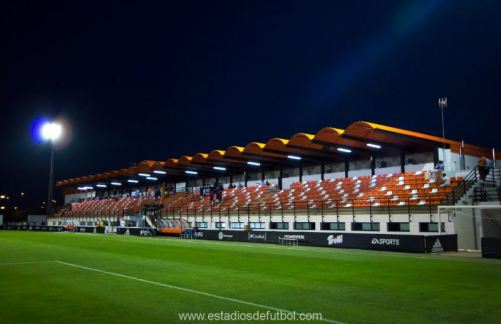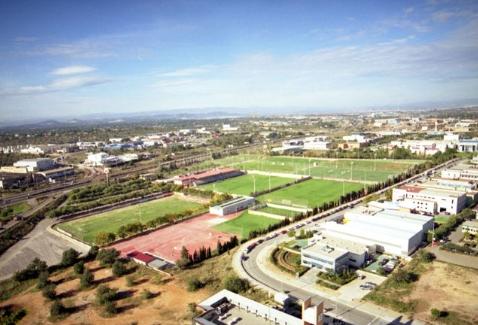After the end of the Civil War, many of the elite clubs in Spain faced a similar problem with their playing staff. Those first team players who had avoided injury during the conflict, were possibly past their best, and there was also a dearth of young players playing the game. Valencia CF recognised this problem and gave the task of resolving the inadequacies of their youth system to a former player, Leopoldo Costa or “Rino”. Rino scoured the local leagues and identified one team, Club Deportivo Cuenca as the best. CD Cuenca was formed in 1925 in the district of Arrancapins taking its title from the street of the same name. Within weeks of finishing the 1943-44 season as Regional Division III champions, CD Cuenca was absorbed into Valencia CF and took on the mantle of the reserve team. The name of the new second string side was also changed to Club Deportivo Mestalla.

CD Mestalla took over the place in Regional Division II that CD Cuenca had earned and set about a rapid rise that saw three successive promotions and a debut in La Segunda for the 1947-48 season. Playing their matches at Mestalla, CD Mestalla continued to impress and in 1951-52 became the first reserve side in Spanish football to finish in La Segunda’s promotion places. Then, as now, reserve teams were ineligible for promotion, but it is a sign of the team’s strength that after finishing the regular season in second place and qualifying for the play-off group, they finished top losing just one of the ten additional matches. Whilst the heights of 51-52 were never scaled again, CD Mestalla was practically a permanent fixture in La Segunda throughout the next two decades, before bowing out for the last time at the end of the 1972-73 season.

The majority of the next twenty years was spent in the Tercera, except for a brief visit to the Regional Preferente in 1976-77 and Segunda B in 1987-88. The club trained on land in the Paterna area of the city after it was purchased in 1974, but it wasn’t until the early 90’s that it was developed into a sports city, or Ciudad Deportivo. Opened on 19 February 1992 and covering an area of 180,000 square metres, the facility features 5 natural grass pitches and an artificial surface. The main arena is named after Antonio Puchades, a defensive midfielder who served Valencia during its first golden era of the 1940’s & 50’s. It has a raised cantilevered stand on the south west side and six steps of open terracing on the remaining sides. In 2015, it underwent a bit of a makeover, with everything getting a liberal spray-tan with orange paint, whilst seats were installed on the terrace opposite the main stand. With a capacity of 3,000, it is perfectly suited for football in Segunda B, which is where Valencia Mestalla, as it they are now known, have played the vast majority of their football since 1992.

Whilst other Spanish Powerhouses have seen their second team reach La Segunda, Valencia Mestalla has flattered to deceive. It has reached the play-offs twice in the mid 90’s and again in 2001-02, but has fallen short on each occasion. In fact since 2005, Valencia’s youngsters has suffered the indignity of relegation to the Tercera on no less than four occasions. This is merely a reflection of the turmoil that has surrounded Valencia CF over the past decade. With little sign of the financial difficulties easing, Los Che’s seem certain to continue to relay on its home grown talent.
